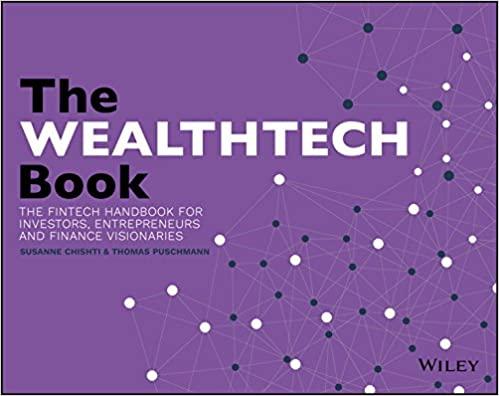Question
14-10 Alternative Dividend Policies--SECOND SUBMISSION The first time I submitted this question 1 and 4 were answered incorrectly and I have provided answers for all
14-10 Alternative Dividend Policies--SECOND SUBMISSION
The first time I submitted this question 1 and 4 were answered incorrectly and I have provided answers for all questions and need the correct supporting work and formulas to support the answers that I provided.
Boehm Corporation has had stable earnings growth of 8% a year for the past 10 years and 2013 Boehm paid dividends of $2.6 million on net income of $9.8 million. However, in 2014 earnings are expected to jump to $12.6 million and Boehm plans to invest $7.3 million in a plant expansion. This one time unusual earnings growth wont be maintained though and after 2014 Boehm will return to its previous 8% earnings growth rate. Its target debt ratio is 35%.
a. calculate Boehms total dividends for 2014 under each of the following policies:
(1) its 2014 dividend payment is set to force dividends to grow at the long-run growth rate earnings.(Answer is $2,88,000--show work and formulas to support answer.)
(2) It continues the 2013 dividend payout ratio (Answer is $3.34 Million--show all work and formulas to support answers)
(3) It uses a pure residential policy with with all distribution in the form of dividends (35% of the $7.3 million investment is financed with debt) (Answer is $7,855,000--show all work and formula to support answer)
(4) It employs a regular dividend plus extra policy with the regular dividend being based on the long run growth rate and the extra dividend being set according to residual policy. (Answer is Regular = $2,808,000; Extra = $5,047,000--show all work and formulas to support answers)
b. Which of the preceding policies would you recommend? Restrict your choices to the ones listed but justify your answer.
c. Does a 2014 dividend of $9 million seem reasonable in view of your answers to parts a and b? If not should the dividend be higher or lower?
Step by Step Solution
There are 3 Steps involved in it
Step: 1

Get Instant Access to Expert-Tailored Solutions
See step-by-step solutions with expert insights and AI powered tools for academic success
Step: 2

Step: 3

Ace Your Homework with AI
Get the answers you need in no time with our AI-driven, step-by-step assistance
Get Started


